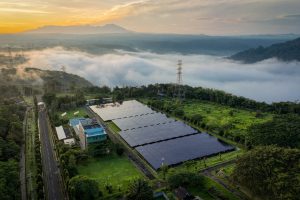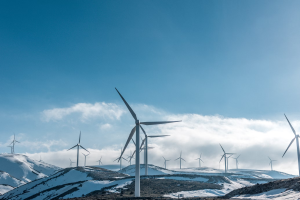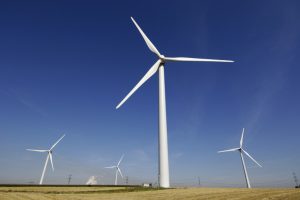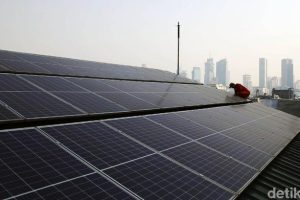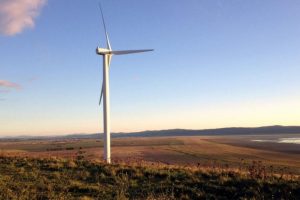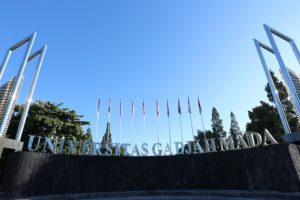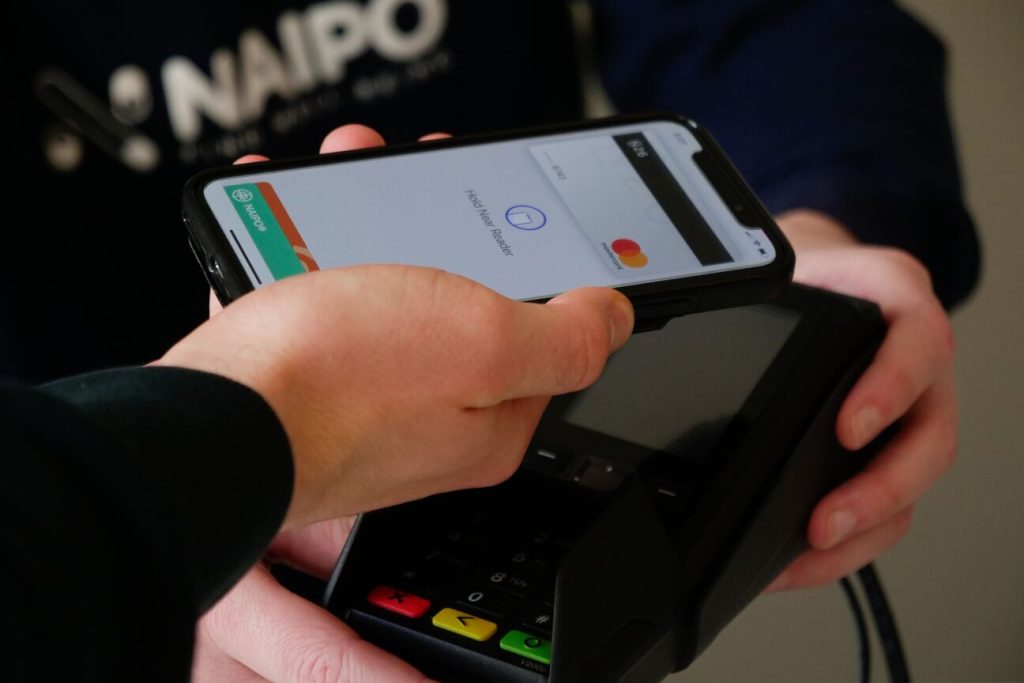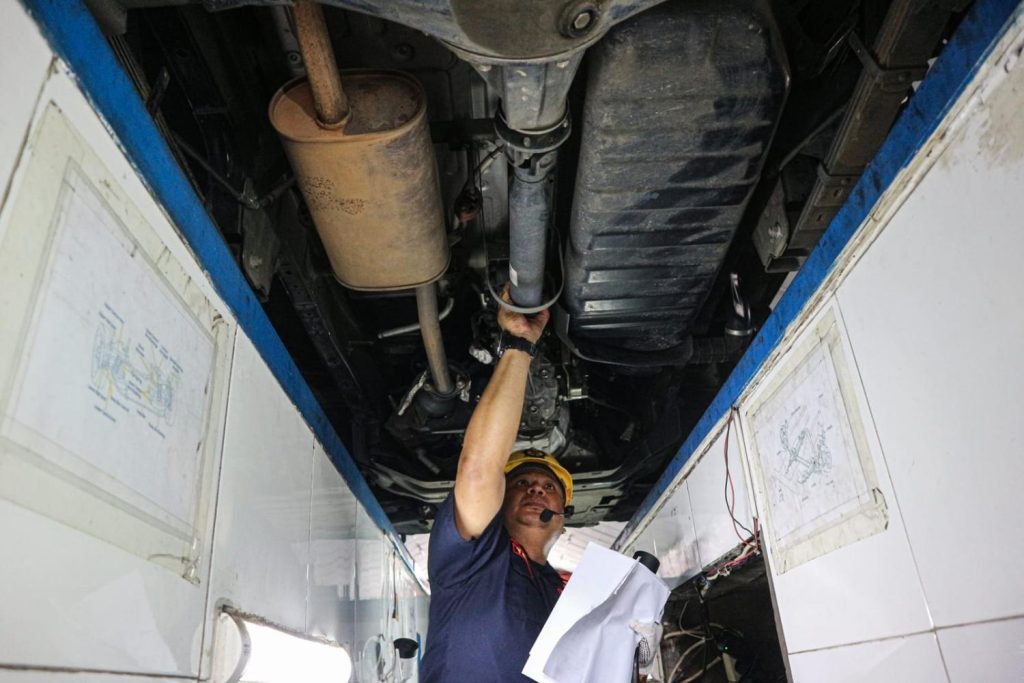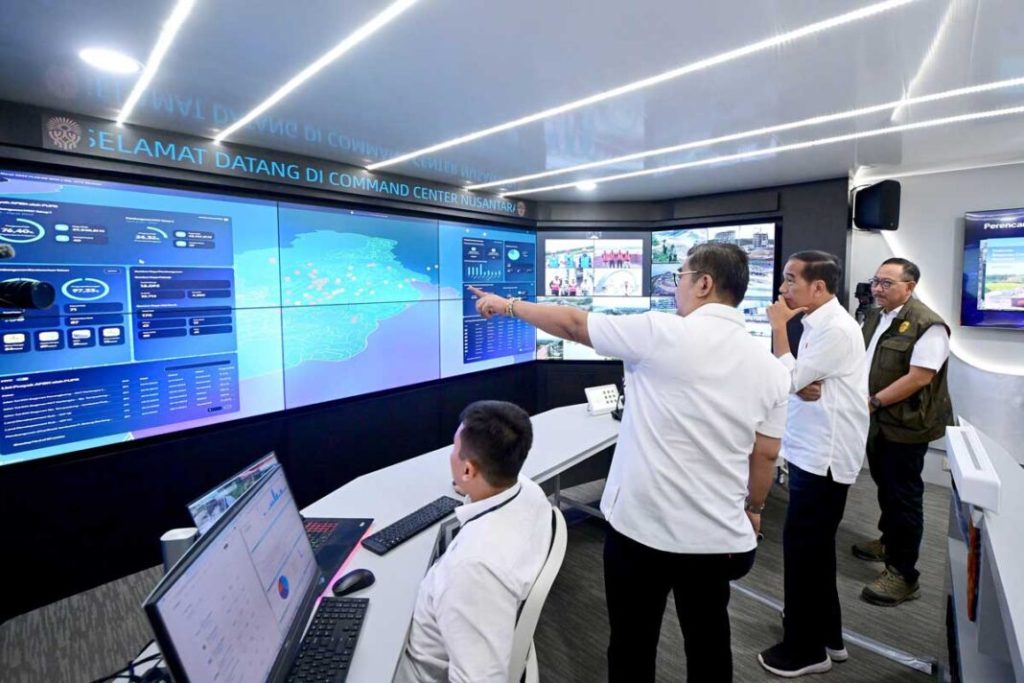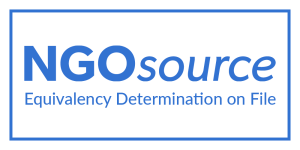Ilustration of geothermal power plant in Iceland (Piqsels).
Introduction
Renewable energy (RE) development and utilization might be an option in few decades back. Most countries utilized fossil energy to fuel their economy, progressing from developing to a more developed country.
However, these days, RE development and utilization is not an option anymore, it is a must. The world had seen more renewable energy investment over the years, from around USD 50 billion in 2004 to more than USD 250 billion in 2015 (Figure 1). In addition, studies related to the technology, financing, and policy for the RE utilization are increasing over the years (Horschig & Thrän, 2017).
With many pressing issues such as climate change or sustainability issues for utilizing fossil energy, most countries agreed to transition towards a low carbon economy which can be achieved through more new and renewable energy (NRE) utilization. For example, through the Paris Agreement (COP21), where Indonesia stated its commitment to reduce its greenhouse gas emissions by 29% until 41% by 2030 (nationally determined contribution/NDC).
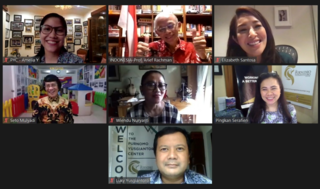
Figure 1 Renewable energy investment in the world, 2004-2015 (IRENA, 2017 in Our World in Data).
Through the enactment of National Energy Policy (KEN) through Presidential Regulation No. 79/2014, Indonesia had made official its target to achieve 23% RE mix by 2025. If Indonesia would like to enhance its RE utilization and increase its RE shares in the national energy mix, more investment in this sector should be needed. However, Indonesia has seen NRE and energy conservation investment realization that was fluctuative over the time from 2015 to 2018 (Figure 2). It went down from 2.24 billion USD in 2015 to 1.6 billion USD in 2016, before going up again to 1.96 billion USD in 2017. Hence, the key question is how to stimulate more investment in this sector.
Figure 2 New and renewable energy and energy conservation investment realization in Indonesia, 2015-2018 (PYC Data Center, 2020).
Moreover, Indonesia has an enormous RE potential that can be utilized to help the country to realize its NDC and to shift to a low carbon economy. Needless to say, this transition coul have been accelerated further.
This article would like to present a brief comparative analysis taken from Iceland, one of the leading countries in terms of RE utilization and what messages that can be derived and implemented in Indonesia.
Success Story from Iceland
Globally, there are already many countries with high renewable energy mix (even almost 100%). Iceland, Paraguay, Costa Rica, Norway, Austria, Brazil and Denmark are among the countries with high renewable energy mix. The main renewable sources are hydropower, wind, geothermal and solar.
Let us look deeper into one of these countries, Iceland. Iceland is a role model for becoming the world’s largest green energy producer per capita and largest electricity producer per capita. According to the Ministry of Industries and Innovation of Iceland, the largest shares (65%) of RE came from geothermal energy, followed by hydropower (20%) and fossil fuel (15%), in 2016. In Iceland, geothermal energy is mostly used for space heating while fossil fuel is used for the transportation and fisheries sector. Almost 100% RE sources account for the electricity production in Iceland from 1990-2014 (Figure 3).
 Figure 3 Share of electricity production from renewable sources, 1990-2014 (World Bank, SE4ALL in ourworldindata).
Figure 3 Share of electricity production from renewable sources, 1990-2014 (World Bank, SE4ALL in ourworldindata).
This high numbers of RE utilization can be attributed to the Iceland’s progressive policies for RE development. It is called the National Renewable Energy Action Plan (NREAP), which is ambitious to aim for carbon neutrality. The NREAP is also in accordance with the European Union (EU) Renewable Energy Directive. For geothermal development, the government assists small communities to access long-term low interest loans. Iceland also opens its door for the international world to build a power-intensive industries, as one way Iceland contributes to reduce carbon emission globally. It is also noteworthy that Iceland has offered Iceland as an international platform for hydrogen research and experiments. In 1999, Iceland established a joint venture with major international stakeholders either official or private, to pursue more hydrogen research and development there. At the same time, it is also working to improve its technologies to maximize the geothermal energy utilization, which can be multiplied if all goes well. It also actively maps its wind energy potential (Ministry of Industries and Innovation of Iceland, 2014).
What Can We Learn from Iceland?
The success story from Iceland may give many inspirations and a benchmark for other countries aspiring to maximize their RE mix. There are some key strategies that can be learned and adopted by others.
Firstly, Icelandic Government shows full support to develop the RE. The government of Iceland did not only set their national energy policies to utilize more RE resources, but it also took active roles. For instance, to support small-scale players to access financing options with low interest and thus, they can develop the RE.
Secondly, political support and commitment from the government. In 1997, Ministry of Industry and Commerce established a special team to explore the possibilities to develop hydrogen and methanol as an alternative energy. As a result, a joint venture, Icelandic New Energy, consists of several companies was initiated to develop the hydrogen economy. In addition, such initiative also gains attention from foreign companies to see Iceland as an ideal place to research and develop their projects. The industries and universities may also bring their knowledge and experiences while the government can give its support (The SusNordic Gateway, 2007).
Where Does Indonesia Stand for Renewable Energy Development?
Comparing Iceland and Indonesia is definitely not “apple to apple”. Both countries have very different profile, such as GDP, poverty level, technology, human resources quality, etc. But what we can agree on is that potentially-wise, Indonesia should be among the top RE producers in the world.
At this moment, Indonesia is at the intersection between fossil and nonfossil energy. It transitions from the heavily oil-dependent country to a lower carbon economy through the coal and gas utilization (bridging energy). It is impossible to suddenly increase Indonesia RE mix significantly as there are many barriers, in terms of economic viability or policy-wise.
Indonesia is making an effort to transition toward more renewable energy utilization. Through the National Energy Plan (RUEN), Indonesia aims to achieve 23% RE mix by 2025. This national policy was a translation of the National Energy Policy (KEN), using assumptions of certain economic and population growth in Indonesia (PP No. 22/2017) . It has seen an increase of RE utilization for power plant from around 4,650 MW in 2007 to 9,770 MW in 2018 (Figure 4). This achievement can be attributed to the vast natural resources in Indonesia, such as geothermal, biomass, hydro, wind, solar, etc. On top of that, many grants and international aids do play an important role to help Indonesia accelerates its RE development (Kirari et al., 2018). Furthermore, Indonesia currently also has some policies that can contribute to this RE utilization such as mandatory program for biodiesel or the acceleration of the electric vehicle usage.
However, it has to be admitted that Indonesia is still lagging behind in terms of RE utilization. To put things in perspectives, for example, comparing Indonesia’s share of electricity production from RE sources with Iceland, in 2014, Indonesia’s share was 11.44% while Iceland’s was 99.98%. Meanwhile, referring to Indonesia’s goal to achieve 23% of RE mix by 2025, to this date, the national RE mix is still around 13%, around half of the target.
Figure 4 Power plant installed capacity, 2007-2018 (PLN Statistics, Ditjen Kelistrikan, Ditjen EBTKE in PYC Data Center).
Strategies for Indonesia to Increase Its Renewable Energy Mix
Iceland manages to reach a high RE shares by mainly utilizing its geothermal energy and also hydro energy. Meanwhile, Indonesia has potential not only in geothermal energy and hydro, but also solar, and biomass and therefore, it shows that Indonesia still has a long way to go to fully leverage on its RE potential. There are still many untapped opportunities to lift this percentage of RE mix further.
Looking from the Iceland’s success story, there are three strategies that can be adopted.
First, Indonesia must create the Law (UU) for New and Renewable Energy (NRE) as soon as possible. The law has more legal power and more binding than only the Presidential’s Regulation or the Minister of Energy and Mineral Resources’ Regulation. By creating this law, it will show Indonesia’s Government political support and commitment more for the investors to invest in RE project development.
Second, more progressive approaches and strategies in terms of fiscal and nonfiscal incentives are compulsory. Government’s supports in the form of fiscal incentives, such as tax exemption for RE project development can stimulate more investment development. Ease for permit can also be another incentive to attract more investors in this sector. And lastly, another important incentive is in the form of accessible financing to help local communities or companies to develop the RE.
Third, the Indonesia’s government may create a joint venture as in Iceland case. This will help to accelerate the development of RE in Indonesia. JV might become a melting pot for many stakeholders, each with their own experiences and technologies. The benefits might be seen in the long-future, but it is worth considering. Through the formation of JV, we may also bring more “know-how” and technologies from abroad to Indonesia.
Even with all the incentives available, the goal to increase more RE mix takes time and happens gradually. With the current Covid-19 pandemic situation, this transition to a low carbon economy might be slow down. Nevertheless, Indonesia is progressing gradually towards the right direction.
Bibliography
Horschig, T., & Thrän, D. (2017). Are decisions well supported for the energy transition? A review on modeling approaches for renewable energy policy evaluation. Energy, Sustainability and Society, 7(5). doi:10.1186/s13705-017-0107-2
Kirari, J. K., Adel, M., Andria, V., & Lakaseru, B. O. (2018). Supporting Indonesia’s Renewable Energy Development in Remote and Rural Areas through Innovative Funding.
Ministry for Foreign Affairs of Iceland. Department of Natural Resources and Environmental Affairs. PART III. NATIONAL REPORTING GUIDELINES FOR CSD-14/15 THEMATIC AREAS. Accessed from: https://www.un.org/esa/agenda21/natlinfo/countr/iceland/energy.pdf
The SusNordic Gateway. 2007. Climate and energy policies. Accessed from: http://folk.uio.no/kristori/prosus/susnordic/iceland/policies/climate_energy.htm
Ministry of Industries and Innovation of Iceland. 2014. The Icelandic National Renewable Energy Action Plan for the promotion of the use of energy from renewable sources in accordance with Directive 2009/28/EC and the Commission Decision of 30 June 2009 on a template for the national renewable energy action plans. Accessed from: https://ec.europa.eu/energy/sites/ener/files/documents/dir_2009_0028_action_plan_iceland__nreap.pdf
Presidential’s Regulation (PR) No. 22/2017 on National Energy Plan. Accessed from: https://www.esdm.go.id/assets/media/content/content-rencana-umum-energi-nasional-ruen.pdf
Government’s Regulation (GR) No. 79/2014 on National Energy Policy. Accessed from: https://www.bphn.go.id/data/documents/14pp079.pdf
*This opinion piece is the author(s) own and does not necessarily represent opinions of the Purnomo Yusgiantoro Center (PYC)
